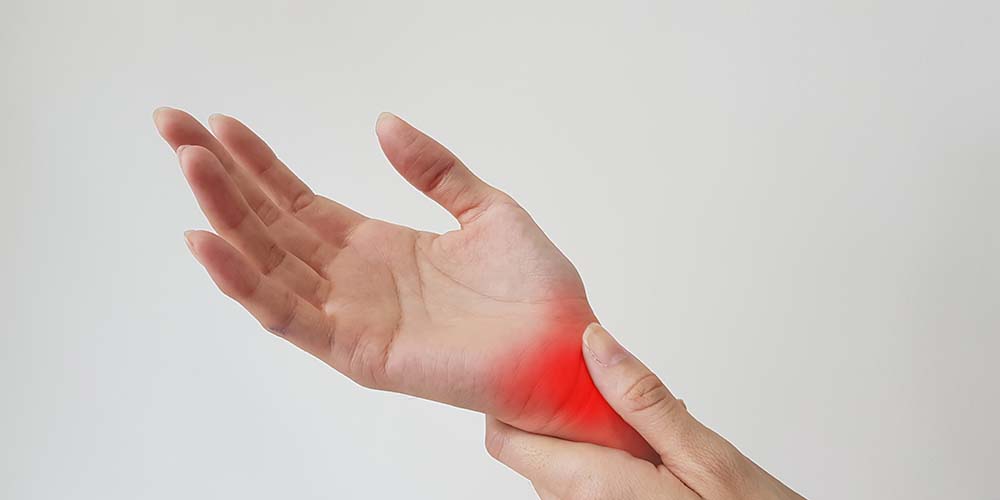
Soft Tissue Surgery
Soft tissue includes musculoskeletal elements of the body that work to connect and support surrounding structures, such as bones and joints. Muscles, ligaments, tendons, subcutaneous tissue, aponeurosis, retinaculum, bursa and fascia are all soft tissue cells that fall under the musculoskeletal system.
Disorders affecting the soft tissues are nonsystemic pathologic syndromes that typically cause pain in the regions of joints and bones, such as the hip, shoulder or knee. Dr Seevasgath provides various treatments for soft tissue disorders.
Tendinitis
Tendinitis is a disorder that affects the tendons, most commonly around the elbows, wrists, knees, shoulders and heels. Overuse of particular joints, especially in sportspeople, leads to inflammation of the tendon, which can eventually cause it to rupture (in severe cases). Most cases are easily treated with physical therapy, rest and medication, but surgery is necessary if the tendon ruptures.
Plantar Fasciitis
The plantar fascia is a thick band of tissue at the bottom of the foot that connects the heel to the toes. Certain factors such as age, exercise and weight can lead to plantar fascia inflammation, which causes plantar fasciitis. This is a searing pain that occurs when you walk or stand up. Plantar fasciitis is easily treated with non-invasive procedures, but in rare cases, the plantar fascia is removed from the heel bone through a surgical procedure.
Bursitis
Regular heavy lifting or overuse of our joints can lead to all sorts of complications, including bursitis, a condition that causes inflammation of the bursae. Bursae are tiny, fluid-filled sacs supporting bones, muscles and tendons around the joints. Bursitis can lead to swelling, redness and pain around the joint areas and is prone to flare-ups. Dr Seevasgath provides surgical treatment for cases where the bursae sacs need to be removed.
Nerve Compression Syndromes
Nerve compression syndromes include a series of disorders with pinched nerves that cause pain, weakness and numbness. Carpal tunnel syndrome, sciatica and ulnar nerve entrapment are the most common nerve compression syndromes. When excess pressure is placed on our peripheral nervous system, it can lead to pinched nerve or nerve damage (neuropathy). Dr Seevasgath specialises in restoring nerve function in nerve compression cases of the wrist, elbow and ankle.
